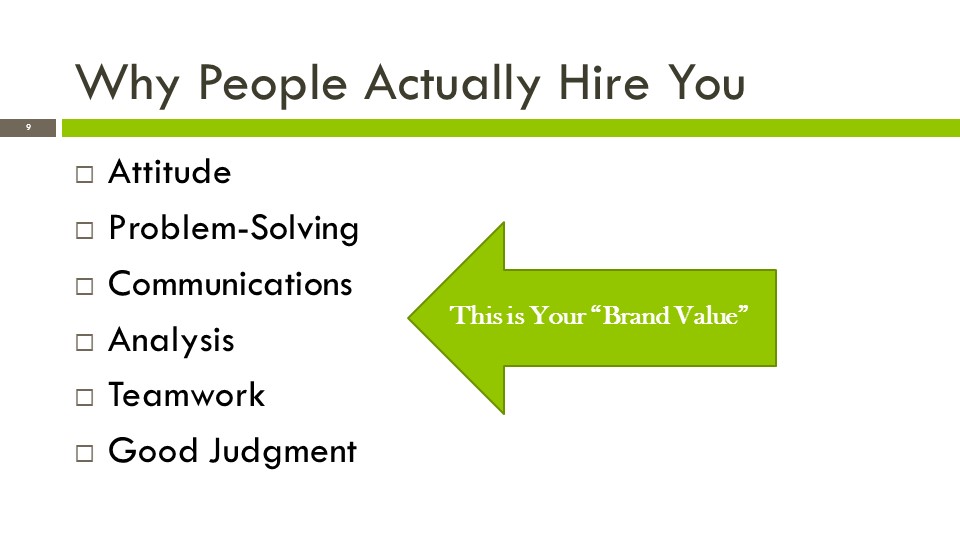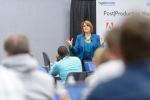The brand word gets thrown around too much. What does it actually mean when you’re a freelancer in creative work? If you’re a photographer, art director, graphic designer, video producer or editor, how do you establish your brand versus that of other folks who use the same tools you do and have similar skills?
Why You Think People Hire You
Most freelancers promote themselves with the skills they think people are looking for. Their websites show software mastered and lists of equipment owned. That’s fine. But this is just the basics. Loads of your competitors have these skills. What clients want to know is what PROBLEMS you can solve for them. So to properly brand and sell yourself, you need to consider what sets you apart.
Why People Actually Hire You
When pitching yourself, describe the personal attributes and abilities that make you a good problem-solver. It might be your positive attitude, your communications skills, your ability to work with challenging personalities, or your ability to lead a team. This is your unique brand value, and that’s what you need to be promoting!
What About My Portfolio?
More and more, prospective clients want me to show them a video that is pretty much like what they want to hire me to produce. This is a tricky problem. I’d love to show them my skills as a director and concept creator for a wide range of productions. But they might not understand how a 5-minute video about a hospital is relevant to their 1-minute opener for a corporate event. So I post custom links to Vimeo–sometimes even password protected–so they can see just the projects that connect to the problem they want to solve. And I sometimes have to generate a set of brief storyboards to convey my concept for their project. More on that in a future post!
For more about branding, follow my tweets @brandbuzz or join me at NABShow where I’ll be speaking about Essential Business Skills for Freelancers at Post/ProductionWorldatNAB.













